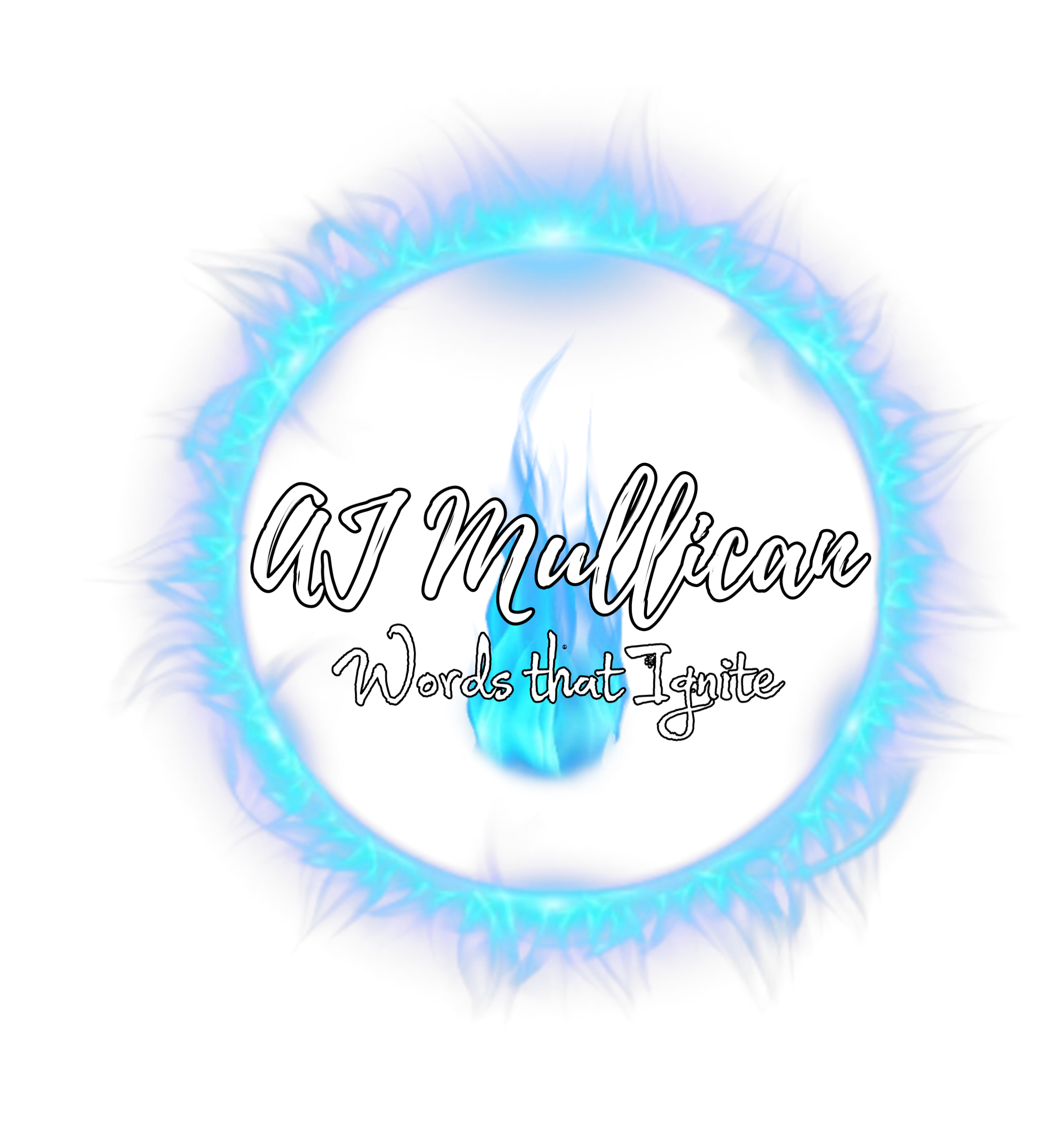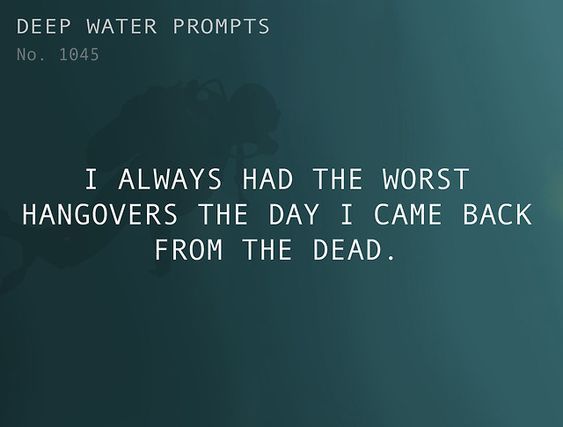As I trek through the jungle, sweat oozing from every pore, I come upon the most macabre relic I’ve ever seen. Carved from a rose-colored marble, the veins in the stone remind me of rivers of blood, and her sanguine smile sends chills down my spine despite the heat. After years of searching, I’ve found her.
I’ve found the Bloody Mary.
It all began with a local legend that piqued my interest when I was on my last dig, a legend of a Catholic artifact that predated the Mayans who had built the ruins in which I now stood. Madre de los Muertos she was called; Mother of the Dead. The legend, which had been translated by my guide and companion, Jesus Rodriguez, told of a curse that accompanied the Virgin Mary and followed any who laid eyes on her.
The curse hadn’t been what intrigued me, though; what really grabbed my attention, the driving force behind the last decade of my life, was the archaeology of it. Madre de los Muertos, if she was as old as legend claimed, should not exist. She was a mystery, an anachronism, a thing out of place and out of time, and now she was mine.
My white whale stares at me with red-veined eyes, her arms outstretched. She is pristine, immaculate, untouched by the encroaching jungle. My pulse quickens at the sight of her, a virgin statue left unmolested for centuries–millennia, if the legend was true. I reach out with a shaking hand, eager to be the first to claim her as my own.
Before my fingers meet the rouge marble, a rustling from the thick network of vines behind me draws my attention. I turn and peer into the foliage in search of what animal may be lurking–or what form of man. My hand stops, retreats, reaches for the pistol tucked into the waistband of my khakis. If someone has followed me in the hopes of stealing my find, I’ll send them to meet the Mother of the Dead in person.
No movement catches my eye, and once again the jungle falls silent.
I return to my treasure, confident that I am alone, and caress her smooth facade. My hands roam over the whole of her, from top to bottom, and I can find no cracks, no chips, not a single flaw in her smooth, delicate features.
Perhaps the legend was a fake; I find it hard to believe that any statue, no matter how well-constructed, could stand the test of time and face the elements and still come out this intact. There should be cracking and crumbling, degradation and decay. The jungle should have taken her beauty centuries ago.
The thought brings me back to reality, and I look again at the vines that surround, but do not touch, the statue. The surrounding ruins are thick with them, every surface covered, save for a meter-wide berth given to Mary. Upon inspection, I see no trace of blade marks on the undergrowth. Odd. I myself had cut a path to the relic. Now the intertwining leaves and vines make a perfect circle, a fence of dead vegetation trapping me within its branches.
I crouch next to the nearest vine and draw my machete across its surface. A thin white scar appears on the branch for a moment, then vanishes.
A more superstitious person may have theorized that the vines regenerated, but I know that can’t be it. How can dead matter regenerate, after all? I wipe sticky sweat from my brow and stand back up. A drink from my canteen does nothing to sate my sudden thirst, leaving me parched.
As I turn back to my prize, I find myself nose-to-nose with Bloody Mary. I try to take a step back, but the vines, though they have not moved, are somehow closer, higher, thicker, preventing me from retreat. My breath quickens as my heart now thumps in my chest. Mary’s arms stretch out to either side of me, and I am left with nowhere to go.
I press my hand against Mary’s breast, trying to push back and give myself room, and my heart skips a beat before my pulse returns to its rapid-fire palpitations.
The stone, so cold and hard, is now soft, warm, pliable. Alive.
Before I can react, Mary’s arms wrap around me and pull me to her. I look into her bloodshot eyes and see my reflection in their gleam. The red-veined marble blinks once, twice, and the smile twists and deforms into a snarl. She embraces me tighter, and the air is forced from my lungs.
I gasp for breath and push against the woman holding me, but she is as strong as the marble she was carved from. My vision tunnels as I’m squeezed ever tighter, and I realize that the Mother of the Dead has claimed me as one of her children.


